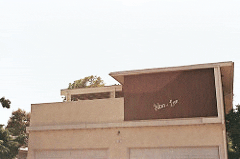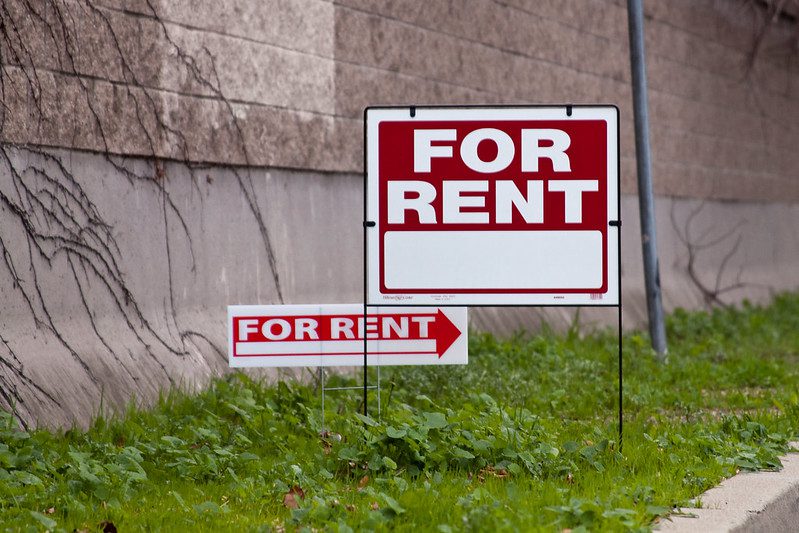
At the time the movie came out, one of my friends actually lived in a rent controlled apartment in the so-called slums of Beverly Hills and described her cluster of apartments as being inhabited by an eclectic mix of folks–seniors, some UCLA students, some Hollywood aspirants/burnouts, and a mix of immigrant families (mostly Russian and Latino, to her eyes and ear). So, even though I never saw the movie, the notion of “slums” in Beverly Hills has stuck with me.
Over the years, as various policy-wonk and think-tank types and even the President have said that your zip code should not determine your destiny–typically in the context of the health and economic mobility of low-income people who live in low-income zip codes–I’ve always wondered about the destinies of low-income folks from places like Beverly Hills. And it’s come to stand as a shorthand in my mind that, even in one of the most famous and toniest of zip codes, 90210, there is hidden economic diversity.
But, as I talked about in a previous post, one of the tragedies of gentrification is the loss of that economic diversity. Gentrification is not just what happens to low-income neighborhoods, but also what happens to the margins of what statistically look like middle- and high-income places.
Gentrification is an economic and cultural narrowing, an erasure of the funky as well as the cheap. It is economic cleansing at the margins of a place. It is about the shifting boundaries of economic and racial segregation in this current moment of rapid re-urbanization.
If we believe Raj Chetty’s research–if we believe his findings that low-income children from mixed-income neighborhoods are significantly more likely to be upwardly economically mobile than similarly situated low-income children who live in low-income neighborhoods–then we should care about this particular result of gentrification.
It's ironic that, at the precise moment we are figuring out an important correlation between place and economic opportunity and should be preserving these economically mixed places that encourage mobility, we are watching them slip away. We are pulling up the ladders of opportunity, and in low-income neighborhoods that are gentrifying, we are losing the chance to preserve (at the very least) the foothold of low-income people in these communities such that they would be living in the mixed-income neighborhoods of the future.
So what can be done? Here again, I look to the so-called slums of Beverly Hills. The persistence of pockets of affordable apartments in Beverly Hills has everything to do with organizing and advocacy. Beverly Hills is one of the approximately one dozen cities in California that has rent control, a legacy of a surge of tenant organizing in the late seventies to early eighties in California, of groups like the Coalition for Economic Survival and the Grey Panthers.
But past activism does not fully protect against our current crisis. Rent control has been severely eroded in California and it does not inoculate against displacement. One of the leading-edge indicators of gentrification in California rent controlled cities is an increase in Ellis Act evictions, where landlords of rent controlled buildings can evict entire buildings without cause if they want to “get out of the business of being a landlord” but is so often a pretense for bringing rent stabilized units up to market. See, for example of the recent increase in Ellis Act evictions, this animated map of San Francisco from 1998 to 2014. Like a good fireworks show there is a lull towards the middle end (during the Great Recession) but a climactic cluster of large explosions towards the very end (2014–i.e., during our current, ongoing period of gentrification).
In this current round of gentrification, we need a revival of anti-displacement activism and organizing. Which is happening, to be sure–but needs to be nurtured, supported, given the resources to grow and deepen. And, as I discussed in another earlier post on the subject, we need new community development tools oriented towards hot markets strategies (please also look at the comments section to this post, especially the response from Professor John Emmeus Davis, who correctly chides me that “the hot-market tool box needs updating, expanding, and polishing to be sure, but it’s already half-full…”).
(Photo credit: A. Breaux, via flickr, CC BY 2.0)






Thank you for this! As the only statewide tenant rights group (meaning, that’s 100% of what we do), we are small but growing, and need more support. It’ll take all hands on deck to take down the Ellis Act (and also Costa Hawkins Rental Housing Act), but we’re starting to build that coalition.
Aimee
Program Manager
http://www.tenantstogether.org
I graduated from Beverly Hills High School in 1962 and attended my class’ 50th anniversary reunion in 2012. When I graduated, BH was a fascinating mix of the super-rich, merely wealthy, and middle-class families living in apartments and some affordable houses. My parents were middle-class professionals but both worked, so they could buy one of the least expensive houses. Many of my classmates lived in apartments with their parents and rubbed elbows on a daily basis with the likes of Max Factor III and “Buzz” Pauley, son of Edwin Pauley, an oil billionaire. There was little or no snobbism based on wealth, and we seldom talked about our parents’ jobs. About 75% of the class was Jewish (including me). I wasn’t surprised many years later when BH voted for rent control because keeping this mix of families was crucial. Today no middle-class family can afford to buy a house in BH, but there is still some diversity due to the rent-controlled apartments. BH would have become the domain of strictly super-rich people, ruining the chances of many diverse kids to go to school together, were it not for rent control. RC helps the rich as well as the poor.